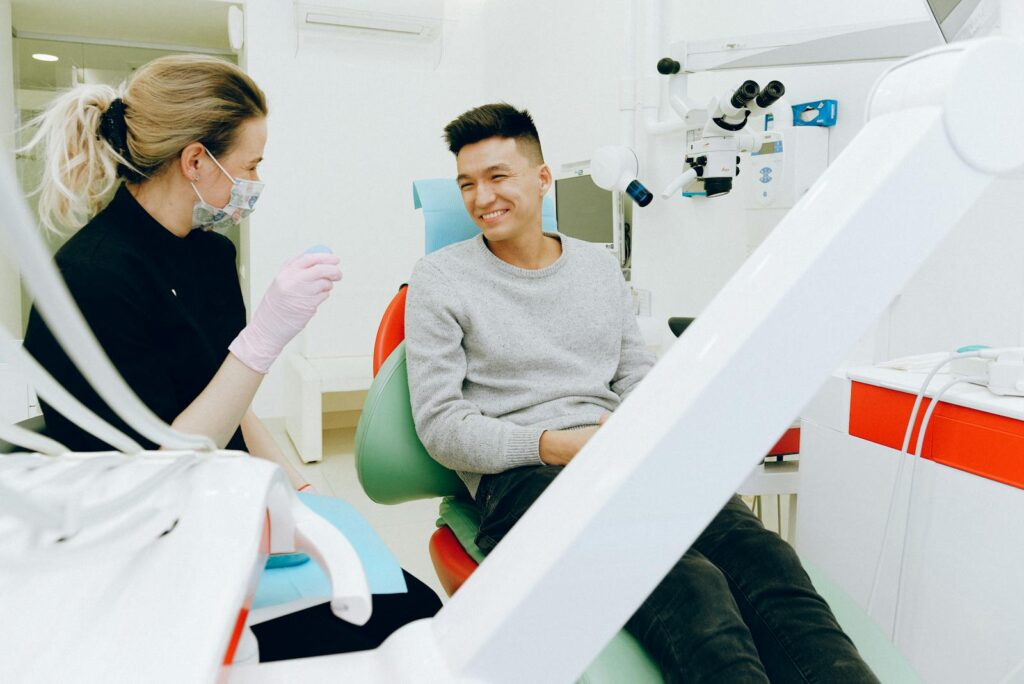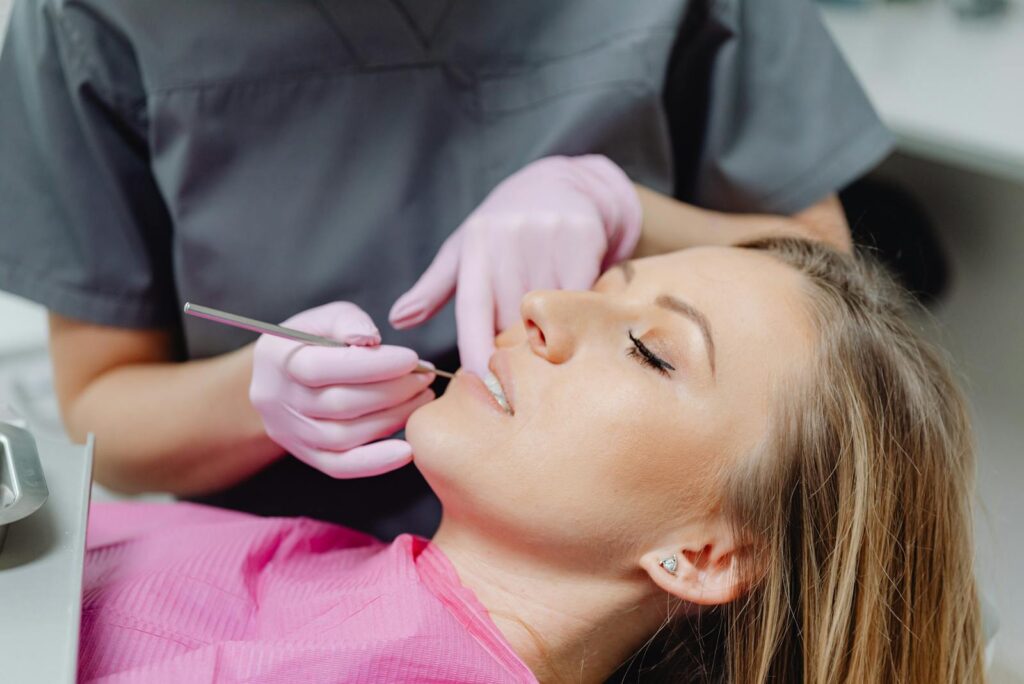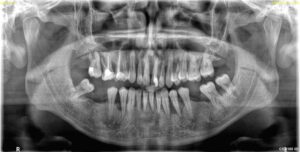Your smile is a valuable asset, but it sometimes requires dental care to stay bright and healthy. Whether you’re traveling or living in another EU country, it’s essential to understand how dental care reimbursement works. There are various aspects to consider, including patient rights and the steps to follow in order to obtain proper reimbursement.
The Complexity of Dental Care Abroad

Receiving dental treatment in a foreign country can be a confusing experience for many people. Language barriers, cultural differences, and distinct healthcare systems can make the reimbursement process particularly challenging. However, thanks to European Union regulations, citizens are granted certain rights that ensure fair access to dental care, regardless of which EU country they are in.
Patients’ rights regarding reimbursement
One of the main rights EU citizens have in terms of healthcare is the right to information. Before undergoing dental treatment abroad, it’s important to obtain a detailed estimate of the costs and information about the available reimbursement procedures. This transparency allows patients to make informed decisions and better understand their financial options.
Under EU legislation, citizens have the right to partial or full reimbursement for medical care received in another member country. However, the specific reimbursement procedures may vary depending on national regulations and individual circumstances. It is therefore advisable to consult your national health insurance provider or social security organization to learn about the correct process.
Steps to Obtain Dental Reimbursement

To qualify for reimbursement of dental care received in another EU country, several steps must be followed. First, it’s crucial to keep all invoices and proof of payment related to the dental treatments. These documents serve as essential evidence when submitting your reimbursement claim.
Next, you must fill out a reimbursement request form, usually available on your home country’s social security website. This form should be submitted along with the necessary supporting documents, such as detailed invoices and payment confirmations.
Once the request has been submitted, it’s important to be patient, as the processing time may vary depending on the responsible authorities and the volume of requests. However, patients have the right to be informed about the status of their application and the estimated timeline for its review.
Practical tips to maximize reimbursement
To improve your chances of receiving a satisfactory reimbursement for dental care received abroad, consider the following practical tips. First, make sure you fully understand your home country’s reimbursement conditions, including maximum coverage limits and possible exclusions.
Additionally, it’s a good idea to request quotes from multiple dental clinics in the foreign country in order to compare prices and choose the best option in terms of quality and cost. It’s also recommended to verify whether the dental practitioner is licensed and qualified, to avoid potential complications from poor-quality treatment.
Lastly, always keep copies of all documentation related to your dental care, including X-rays and medical reports, in case they are needed to support a future reimbursement claim.
Reimbursement for dental care received in another EU country can be a complex process, but it’s important to remember that patients have rights that must be respected. By understanding the required steps and staying informed about current regulations, it is entirely possible to successfully navigate the system and receive the reimbursement you are entitled to. After all, your smile deserves to be cared for—wherever you are in Europe.






